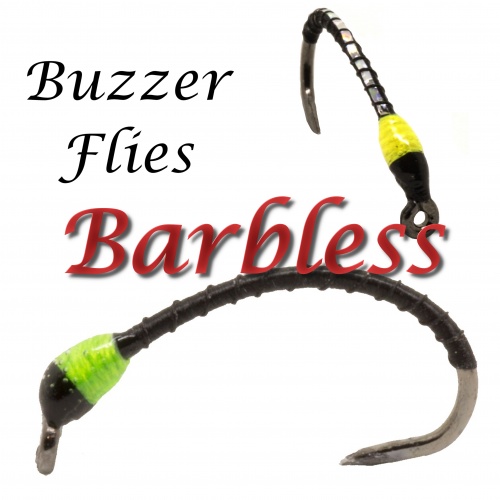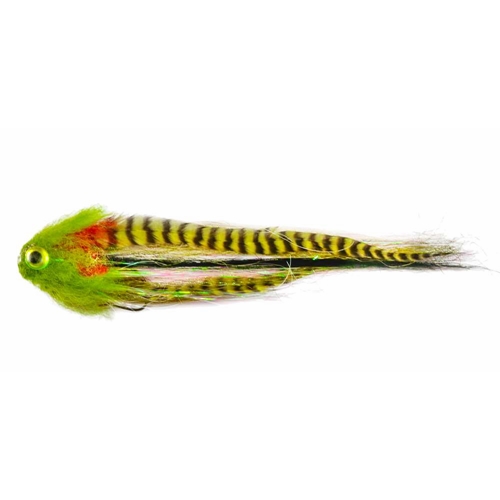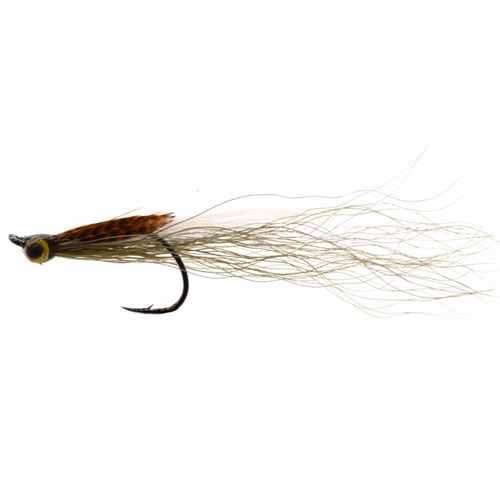 Fly fishing was undergoing major changes in Victorian times. In 1857 a young Scotsman called Stewart advocated upstream wet fly fishing with “a light stiff, single-handed rod, about ten feet long.” Here, then, we have the discovery of the false-cast, and the beginnings of dry fly fishing. It also launched the trend towards shorter trout rods that led to the nine and ten foot split-cane rods of Halford's generation.
Fly fishing was undergoing major changes in Victorian times. In 1857 a young Scotsman called Stewart advocated upstream wet fly fishing with “a light stiff, single-handed rod, about ten feet long.” Here, then, we have the discovery of the false-cast, and the beginnings of dry fly fishing. It also launched the trend towards shorter trout rods that led to the nine and ten foot split-cane rods of Halford's generation.
In the second half of that century, not only rod length but also the material from which they were made changed. In mid 19th century, both trout and salmon rods were made of lancewood, bamboo and whalebone. By the end of the century, most of the better quality trout rods were built of split cane, while almost every salmon rod was of greenheart. Salmon rods remained in the 15 to 18 foot range, but no longer were they spliced, and the ferrule became the standard method of fitting sections together for fly fishing rods.




















